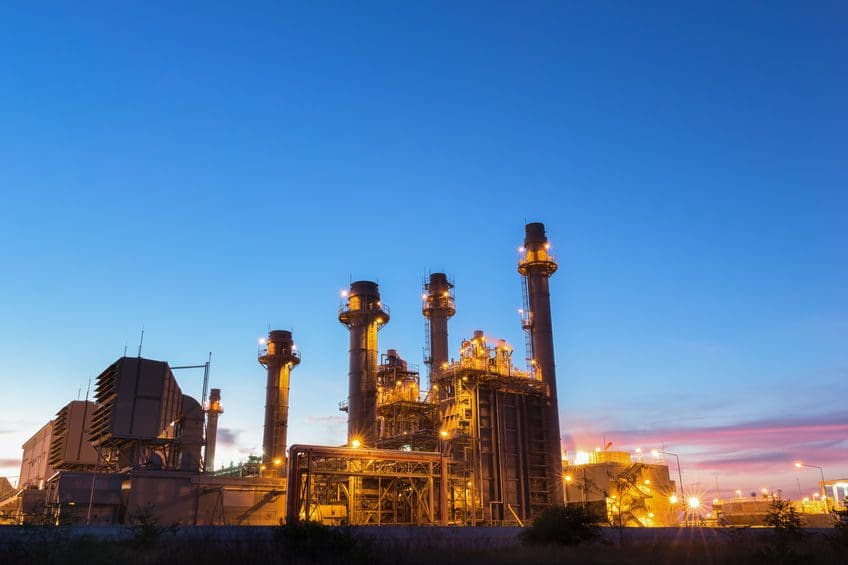Consumers can expect a slight decline in energy prices the remainder of this year and into 2020, according to projections from the U.S. Energy Information Administration (EIA).
Gasoline and electricity prices will follow declining prices for crude and natural gas. West Texas Intermediate is expected to average $56.26 in 2019 down from $65.06 ($9.80) in 2018, and decline another $1.83 to average $54.43 in 2020, according to EIA. Natural gas, the largest generator of electricity in the U.S., will average $2.43 per million British thermal units (Btu) during the fourth quarter of this year, which is a decline from $2.56 average in September.
While EIA forecasts softer commodity prices, it is expecting supplies to remain strong.
U.S. crude oil production averaged 11.8 million barrels per day (b/d) in July (the most recent month for which data are available), down 0.3 million b/d from June, according to EIA. Declining production was a result of Hurricane Barry, which disrupted crude oil production in the Gulf of Mexico. The slowing rate of growth in tight oil production reflects relatively flat crude oil price levels and slowing growth in well-level productivity in the Lower 48 states. However, EIA expects growth to pick up in the fourth quarter as production returns in the Gulf of Mexico and pipelines in the Permian Basin come online to link production areas in West Texas and New Mexico to refining and export centers on the Gulf Coast. U.S. crude oil production will average 12.3 million b/d in 2019, up 1.3 million from the 2018 level, and will rise by 0.9 million b/d in 2020 to an annual average of 13.2 million b/d.
EIA estimates that crude oil production from the Organization of the Petroleum Exporting Countries (OPEC) averaged 28.2 million barrels per day (b/d) in September. Production was down 1.6 million b/d from August, the lowest level of OPEC production since November 2003—as a result of the disruptions in Saudi Arabia—and down 4.0 million b/d from September 2018. The decrease in OPEC crude oil production during the past year was primarily the result of falling production in Iran and Venezuela. However, EIA estimates that Saudi Arabia’s crude oil production returned to pre-outage levels as of Oct. 3. EIA forecasts that annual average OPEC crude oil production will average 29.8 million b/d in 2019, down by 2.1 million from 2018, and 29.6 million b/d in 2020.
EIA forecasts that average annual U.S. dry natural gas production will average 91.6 billion cubic feet per day (Bcf/d) in 2019, up 10% from the 2018 average. Natural gas production will grow less in 2020 because the delayed effect of low prices in the second half of 2019 will reduce natural gas-directed drilling in 2020. EIA forecasts natural gas production in 2020 will average 93.5 Bcf/d.
EIA expects the share of U.S. total utility-scale electricity generation from natural gas-fired power plants will rise from 34% in 2018 to 37% in 2019 and 2020. Electric generation from coal will average 25% in 2019 and 22% in 2020, down from 28% in 2018; nuclear’s share will remain at about 20% in 2019 and in 2020; hydropower will average 7% share in 2019 and 2020, similar to 2018; wind, solar, and other non-hydropower renewables will provide about 10% in 2019 and 12% in 2020.
Alex Mills is the former President of the Texas Alliance of Energy Producers.
Alex Mills is the former President of the Texas Alliance of Energy Producers. The Alliance is the largest state oil and gas associations in the nation with more than 3,000 members in 305 cities and 28 states.





